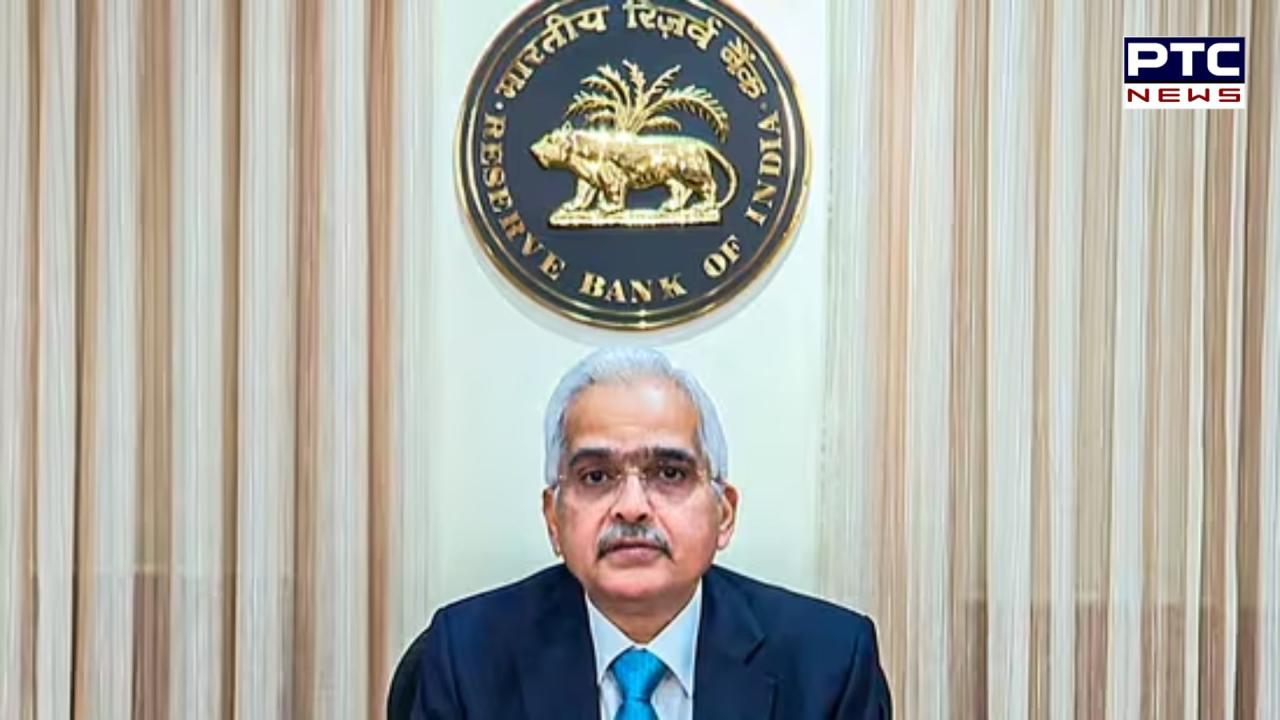

RBI maintains repo rate: Impact on your monthly EMIs explained
PTC News Desk: The Reserve Bank of India's Monetary Policy Committee (MPC) concluded its three-day meeting today, deciding to maintain the repo rate at 6.5 per cent for the fourth consecutive time this fiscal year and the tenth time overall.
This decision comes despite fluctuations in global markets and a recent 50-basis-point rate cut by the US Federal Reserve. RBI Governor Shaktikanta Das affirmed the decision to keep the rate unchanged, signaling stability amid international economic shifts.
#WATCH | Mumbai | RBI Governor Shaktikanta Das says, "UPI has transformed India's financial landscape by making digital payments accessible and inclusive through continuous innovation and adaptation. To further encourage wider adoption of UPI and make it more inclusive, it has… pic.twitter.com/T5i9aKiPUW — ANI (@ANI) October 9, 2024
The repo rate is the interest rate at which the RBI lends money to commercial banks. This rate serves as a critical benchmark, influencing the interest rates on loans and deposits offered by banks. A stable repo rate typically translates to predictable Equated Monthly Installment (EMI) payments for borrowers, providing a sense of financial security.
During the meeting, the MPC unanimously decided to keep the repo rate steady at 6.5 per cent, with five out of six members supporting this choice. Notable points discussed include:
In conclusion, the RBI's decision to maintain the repo rate at 6.5 per cent provides a sense of stability for borrowers, ensuring that monthly EMIs for various loans are unlikely to increase in the immediate future. As the economic landscape evolves, both borrowers and lenders will be closely watching for any indications of future policy adjustments..
Also Read: Hooda-centric strategy backfires: Congress stumbles in Haryana elections
- With inputs from agencies
